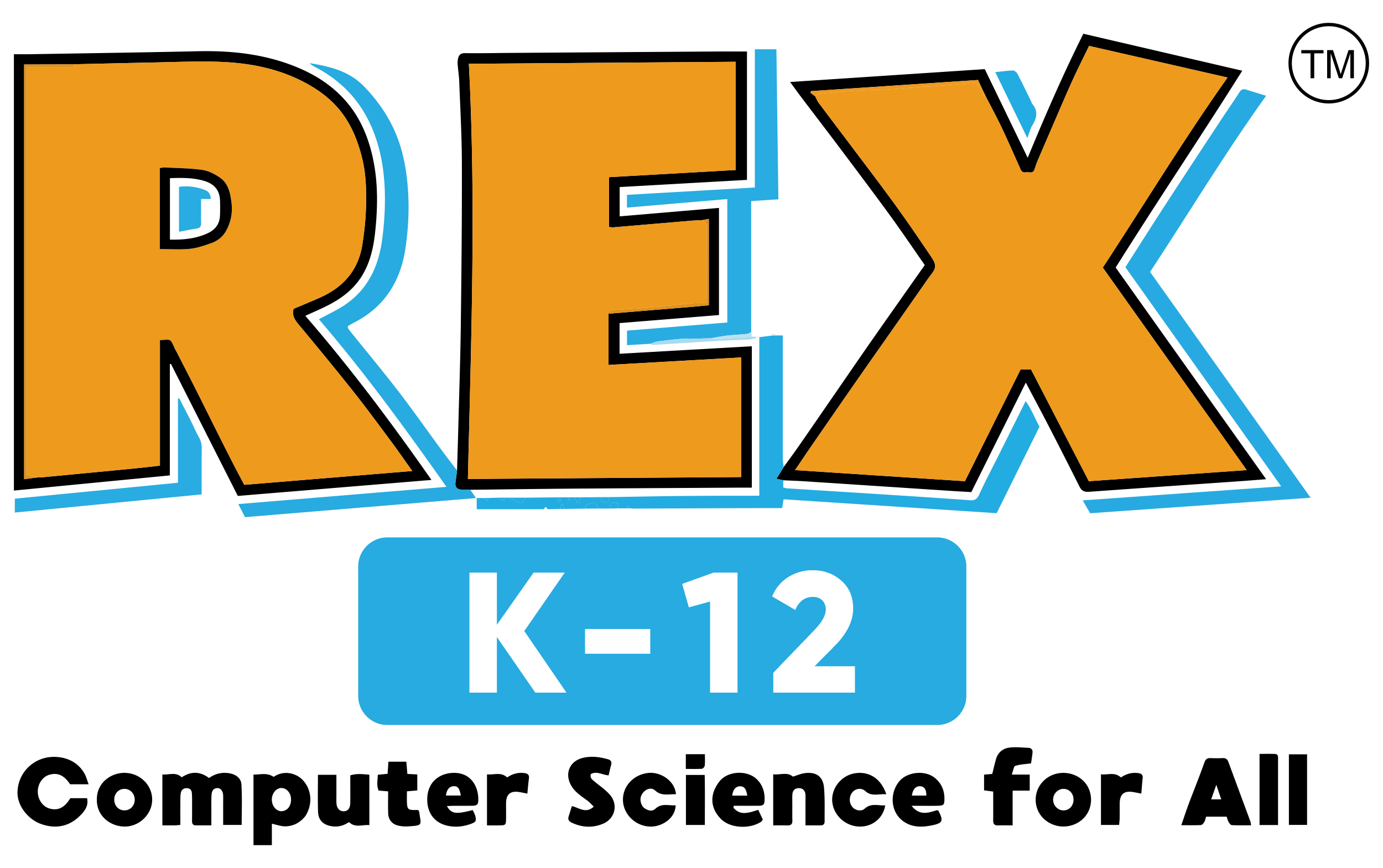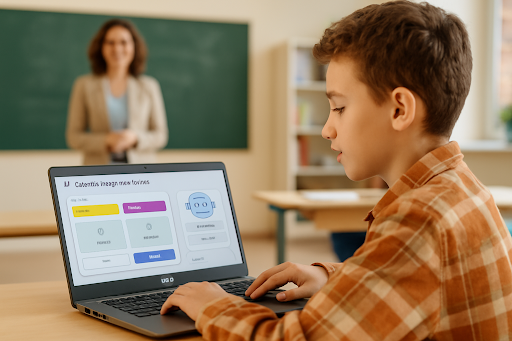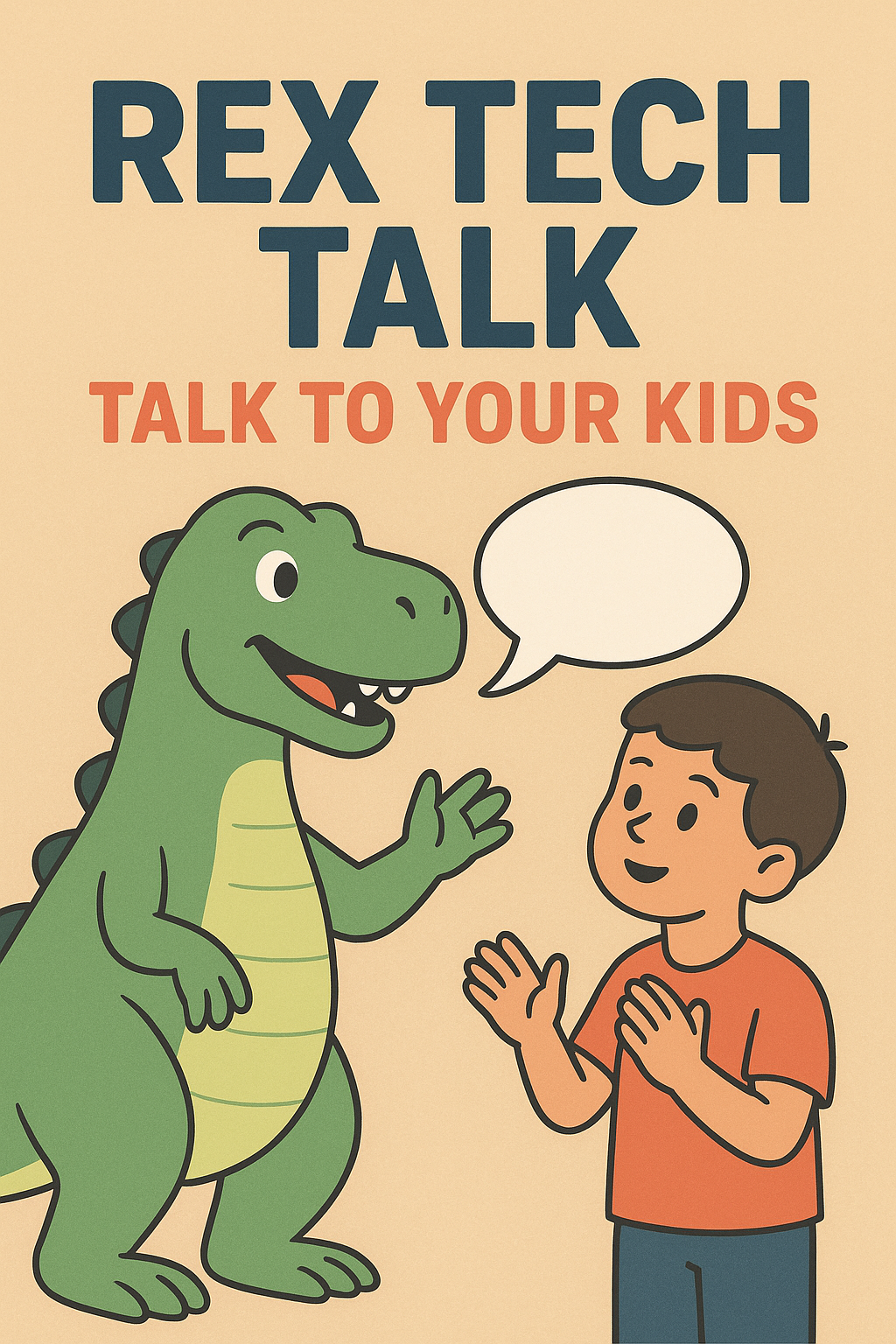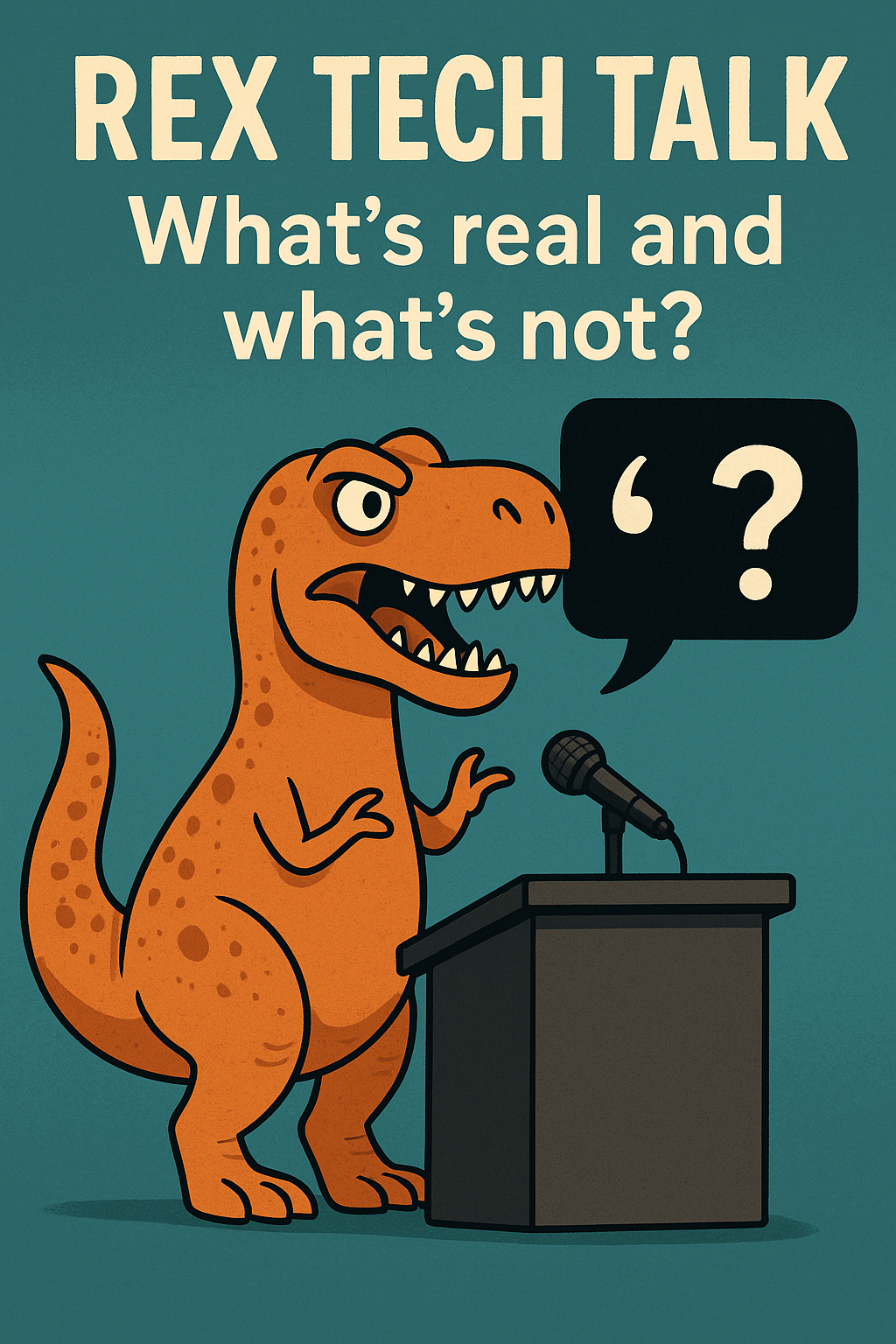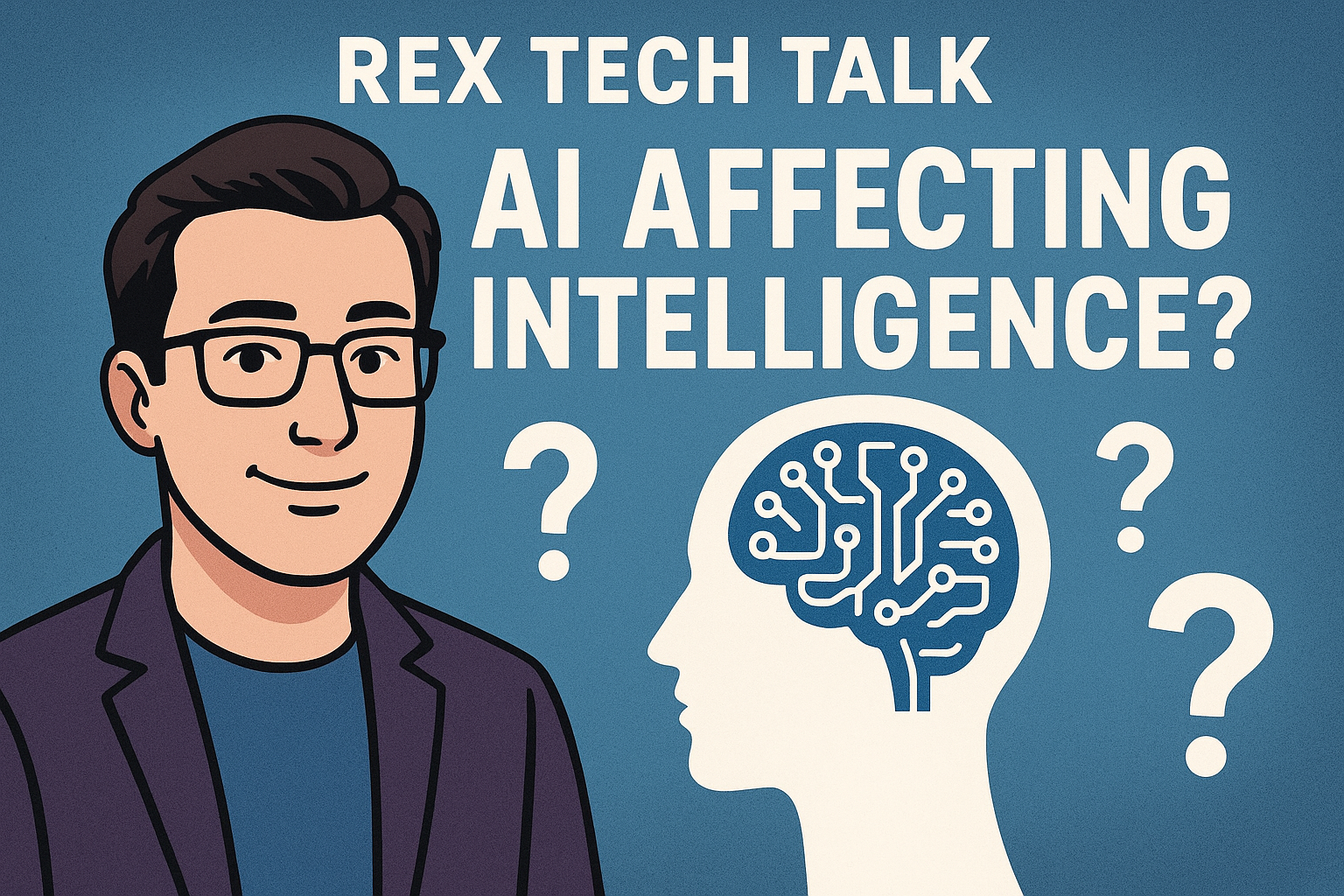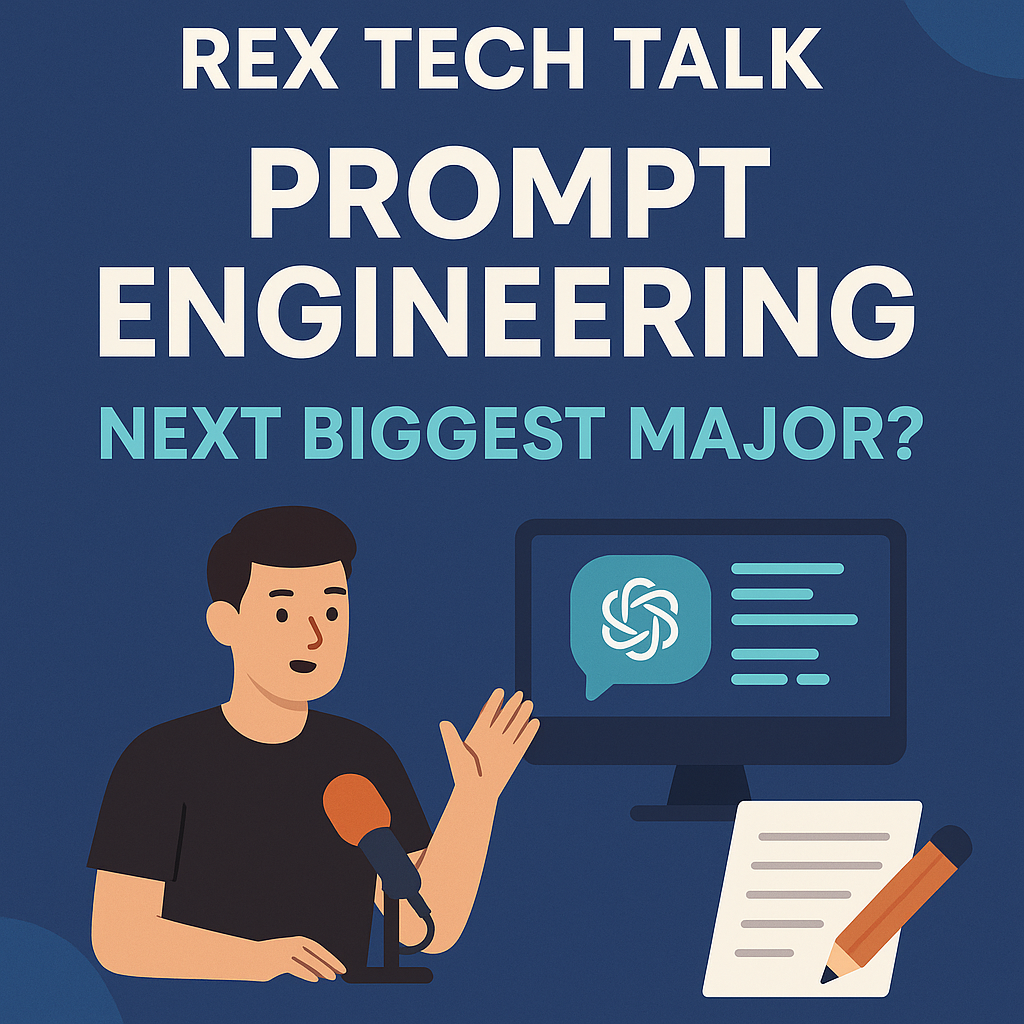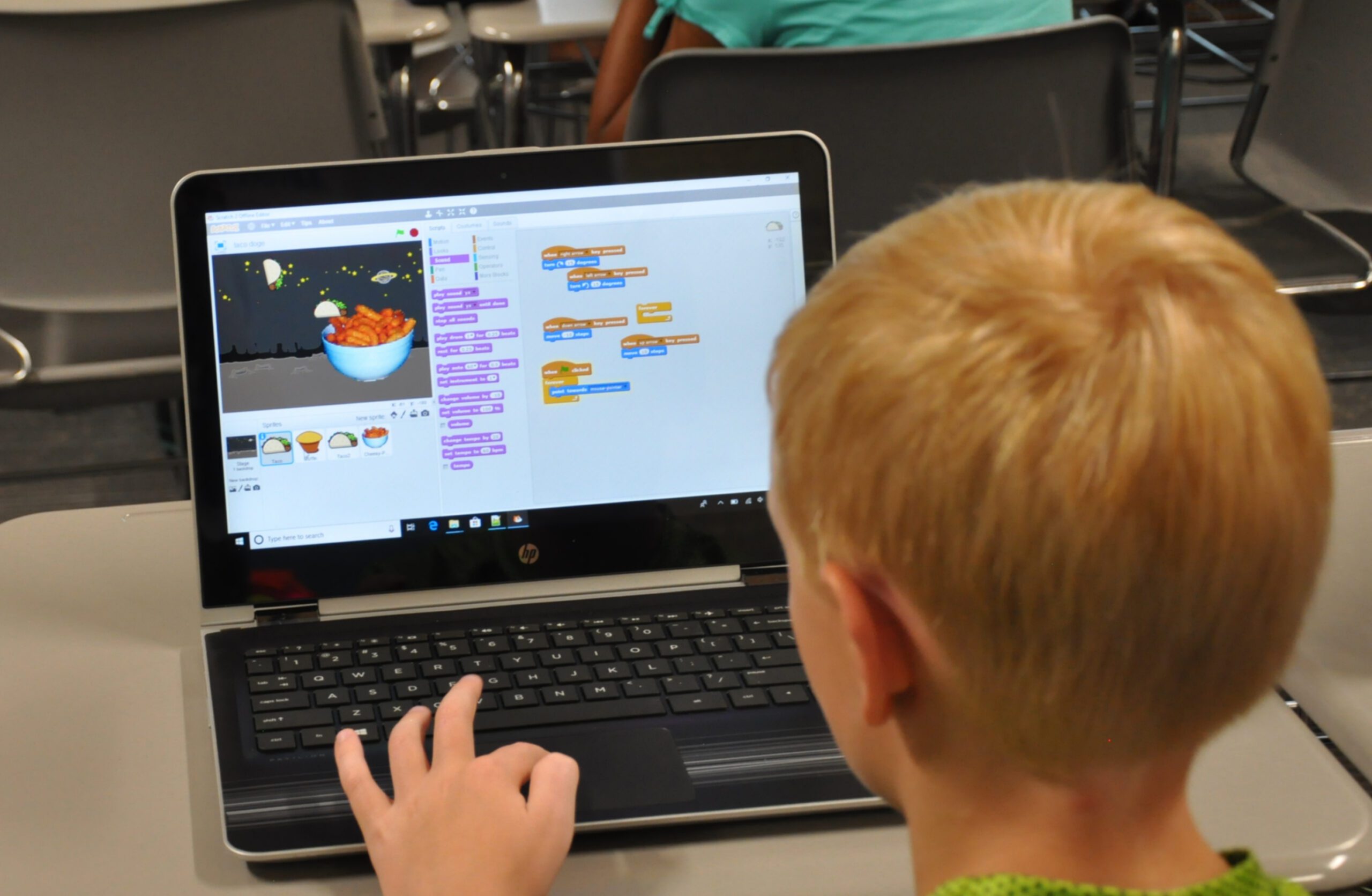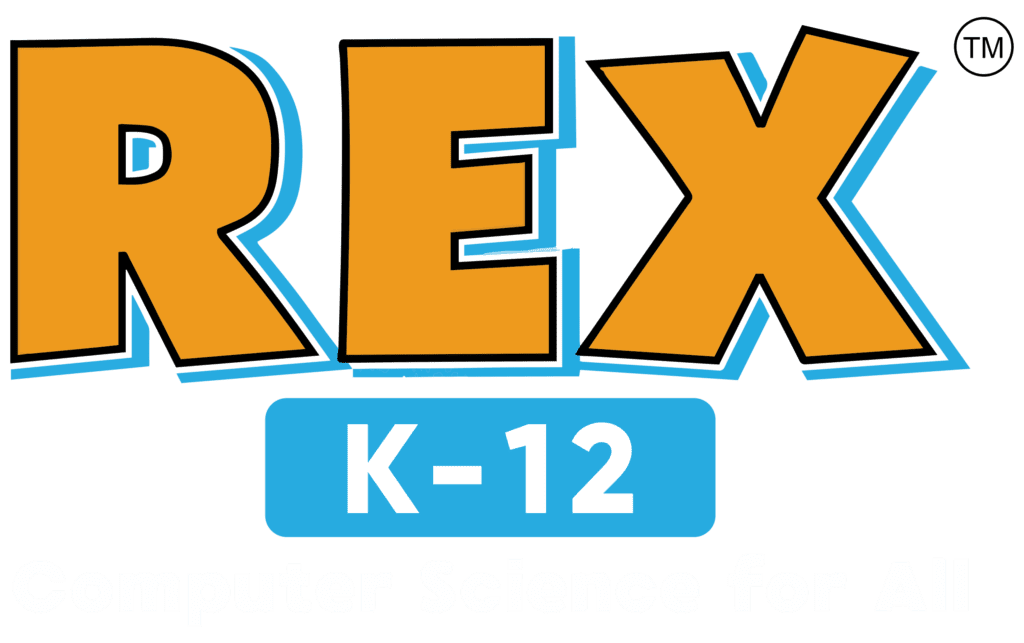Middle School AI Pedagogy (Grades 6–8) – Moving from Exploration to Real-World Application
As students move into middle school, they enter a critical phase of development, both cognitively and emotionally. At Rex K–12, we view Grades 6–8 as the bridge between early exposure to AI and deeper application. This stage is when curiosity meets capability, and learners are ready to shift from asking “What is AI?” to exploring “How does AI work, and how can I use it to solve real problems?”
This blog explores how Rex K–12’s AI curriculum for middle school students is grounded in developmentally aligned pedagogy, ethical awareness, interdisciplinary learning, and real-world relevance- helping students become future-ready innovators, collaborators, and problem solvers.
How Middle School Students Learn: Developmental Snapshot (Ages 11–14)
Understanding how middle school students learn is essential for designing effective AI instruction:
-
Cognitive Growth
- Transition from concrete to abstract reasoning
- Capable of understanding logic, systems, and cause-and-effect relationships
- Can evaluate ethical dilemmas and test hypotheses
- Social & Emotional Traits
- Strong desire for peer interaction and collaboration
- Increasing need for autonomy and independence
- Curious about real-world issues, identity, and social impact
These traits make middle school students ideal candidates for inquiry-based learning and project-driven instruction in artificial intelligence.
Pedagogical Goals for Rex K–12 Middle School AI Curriculum
Our approach focuses on more than just technical skill development. We aim to:
- Teach core AI concepts: pattern recognition, classification, supervised learning, algorithmic logic
- Build critical and ethical thinking skills
- Support collaborative, real-world project work
- Foster cross-disciplinary connections (e.g., AI in science, civics, math, ELA)
- Encourage student agency and creativity
1. Project-Based Learning (PBL)
Students work on extended AI projects that solve meaningful problems.
Example Project: “Design an AI Tool for Your School”
- Identify a real school-based challenge
- Research and design an AI-powered solution
- Build a prototype using Scratch, Teachable Machine, Canva, or Google Slides
- Present solution to peers or a panel
This process builds problem-solving, communication, and technical design skills.
2. Collaborative Learning
Peer interaction is embedded throughout the course:
- Think-Pair-Share around ethical case studies
- Team roles (e.g., data curator, ethics lead)
- Group work with structured rubrics
- Peer feedback and reflection
Collaboration fosters empathy, accountability, and deeper understanding.
3. Inquiry-Based Instruction
Students explore essential questions such as:
- “Can AI be creative?”
- “Is it fair to use AI in hiring or policing?”
- “Who is responsible when AI makes a mistake?”
They investigate, discuss, prototype, and reflect—learning to connect AI with broader human and societal issues.
4. Interdisciplinary Integration
We integrate AI across subject areas:
- Science: Using AI to analyze environmental data
- Math: Statistical modeling and data bias
- ELA: Comparing human vs. AI-generated writing
- Civics: Evaluating the role of AI in elections or surveillance
This helps students view AI as a tool for impact, not just a subject silo.
5. Ethics and Human Impact
Every module includes an ethical lens. Students engage in:
- Socratic seminars and structured debates
- Role-play around controversial AI decisions
- Case studies of AI harms and successes
- Decision-making frameworks to evaluate fairness, bias, and accountability
We believe AI education must prepare students to build not just intelligent systems, but responsible ones.
Sample Unit: Grade 7 – “Can Machines Be Fair?”
- Essential Question: How do machines learn, and can they be fair?
- Core Concept: Supervised learning and bias
- Activities:
- Teachable Machine demo and data training
- Scratch activity to build a basic classifier
- Case study on facial recognition bias
- Peer debate: Should AI be used in hiring?
- Assessment: Student reflection journal + performance rubric
- Standards Aligned: CSTA, ISTE, NGSS
Lesson Snapshot: Grade 6 – “You Be the Machine!”
- Simulate how AI is trained using labeled image cards
- Students act as the “AI model” and try to classify new cards
- Use Teachable Machine to train and test a real model
- Reflect on what happens when data is incomplete or biased
- Complete a “Training Log” documenting observations
Tools We Use in Middle School AI Instruction
- Scratch: Build logic-based interactive projects
- Teachable Machine: Create real-time image/audio models
- AI for Oceans: Explore algorithmic bias in a fun format
- Kialo Edu: Facilitate student debates and arguments
- Google Slides/Canva: Create project presentations and stories
No prior coding experience is needed, just creativity and critical thinking.
How We Assess Middle School AI Learning
-
Formative Assessment
- Exit tickets: “What did your AI learn today?”
- Reflective journals
- Peer critiques and gallery walks
- Discussion protocols like “I used to think… Now I think…”
-
Summative Assessment
- Capstone projects with rubrics
- Ethical writing prompts
- Group portfolios
Assessments focus on understanding, creativity, ethical thinking, and collaboration—not just technical output.
Inclusion and Differentiation in Middle School AI
At Rex K–12, we ensure equitable access by:
- Using visuals, sentence starters, and translated instructions
- Offering choice in how students demonstrate learning (videos, slides, skits, etc.)
- Differentiating based on readiness and interest
- Highlighting diverse voices in AI (BIPOC inventors, global changemakers)
Supporting Teachers with Pedagogical Tools
We equip teachers with:
- Plug-and-play lesson plans and pacing guides
- Rubrics, discussion protocols, and training videos
- PD sessions on facilitating AI discussions and projects
- A shared resource library and peer educator community
No CS degree required because our curriculum is built to empower all educators!
Final Thoughts: The Middle School AI Moment
Middle schoolers are not just ready to learn about AI, they’re ready to design, question, and apply it. At Rex K–12, we meet them with the right balance of structure and independence, logic and creativity, ethical thinking and technical skill.
With student-driven projects, interdisciplinary integration, and meaningful ethical discussions, our middle school AI pedagogy doesn’t just teach kids about the future, but it helps them shape it.
